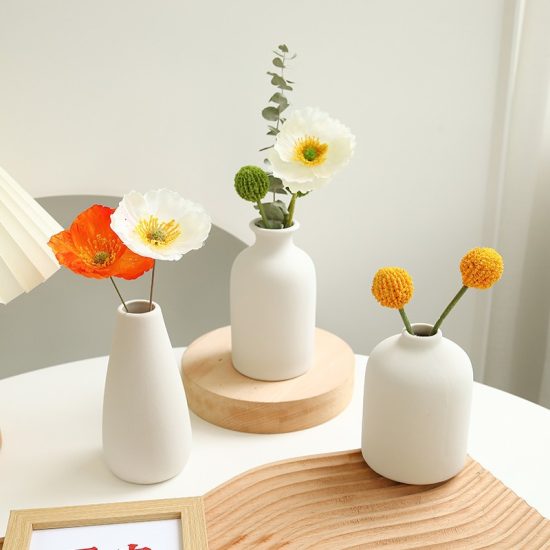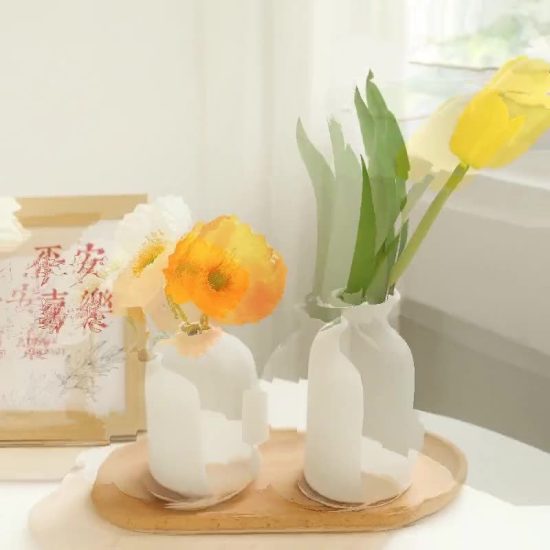Ceramic plates hold significant cultural and symbolic importance in traditional ceremonies around the world. They play various roles and carry deep meaning within these cultural contexts. Here are a few examples:
- Ritual Offerings: In religious and spiritual ceremonies, ceramic plates are often used as vessels for offering food, fruits, flowers, or other sacred items. These offerings symbolize gratitude, abundance, and respect for deities, ancestors, or spirits. The plates may be decorated with intricate designs or motifs that hold specific spiritual or cultural significance.
- Communal Feasting: Ceramic plates have historically been central to communal feasting rituals and ceremonies. They serve as vessels for presenting and sharing food among the community or during festive occasions. The act of sharing meals on ceramic plates fosters a sense of togetherness, unity, and hospitality within the community.
- Wedding Ceremonies: Ceramic plates are frequently incorporated into wedding ceremonies and traditions. They can be used to present and serve traditional wedding dishes during the reception or as part of ceremonial rituals, such as exchanging plates between the bride and groom as a symbol of their union and shared responsibilities.
- Cultural Festivals: Many cultural festivals involve ceremonial meals and gatherings where ceramic plates play a vital role. These plates are used to serve traditional dishes that are prepared specifically for the occasion. The plates themselves may be adorned with culturally significant patterns, colors, or symbols that represent the festival’s themes or values.
- Ceremonial Decor: Ceramic plates often serve as decorative elements in traditional ceremonies. They may be displayed as part of altars, shrines, or ceremonial spaces, adding beauty and symbolism to the overall aesthetic. These plates can be intricately designed with religious or cultural motifs that represent specific beliefs or stories.
- Symbolic Representations: In certain cultures, ceramic plates are used to symbolize various aspects of life, such as prosperity, fertility, or ancestral connections. They can be decorated with symbols, patterns, or inscriptions that convey these meanings and beliefs. These plates may be used in rituals to honor or invoke blessings related to these symbolic representations.
Ceramic plates in traditional ceremonies are not only functional but also carry profound cultural, spiritual, and symbolic significance. They are integral to the rituals, traditions, and cultural practices that connect individuals and communities to their heritage and beliefs.


